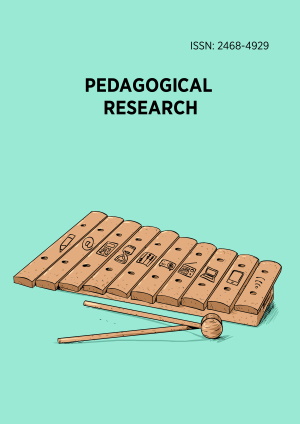Abstract
The article aims to present an excerpt from the research that investigates knowledge to teach arithmetic in practical classes in teacher training courses. More precisely, we are looking for traces of prescriptions of practices at a knowledge systematization level that we seek to objectify in a set of articles from the journal A Eschola Publica (1893-1894 and 1896-1897), which later became the book A Eschola Publica: ensaio de Pedagogia Prática, published in 1895 by Typographia Paulista. In the late 19th century and early 20th century, Normal Schools in Brazil had attached to them, what was called a Model School, which was designed to disseminate teaching practices aligned with the renewal of the pedagogical methods and constituted the training model for teachers who taught mathematics in early childhood education. In theoretical and methodological terms, this research is based on Certeau’s writing of the history (2010) and Chartier’s cultural history (1990), considering Chervel’s history of the disciplines (1990) and Julia’ school environment (2001). The analysis is based on the studies of the Swiss Research Group on Social History of Education (ERHISE), which focused on socio-historical research on teacher education. For Hofstetter & Valente (2017), the objectified knowledge is that which is given to us as natural and necessary, usually imposed by a group that starts to say the same thing, establishing a consensus. The analysis of two articles from A Eschola Publica shows that knowledge for teaching is structured and incorporates the current pedagogical vacancies in articulation with the knowledge to teach.
License
This is an open access article distributed under the Creative Commons Attribution License which permits unrestricted use, distribution, and reproduction in any medium, provided the original work is properly cited.
Article Type: Research Article
PEDAGOGICAL RES, Volume 5, Issue 3, July 2020, Article No: em0059
https://doi.org/10.29333/pr/7936
Publication date: 10 Apr 2020
Article Views: 2892
Article Downloads: 1531
Open Access References How to cite this article
 Full Text (PDF)
Full Text (PDF)